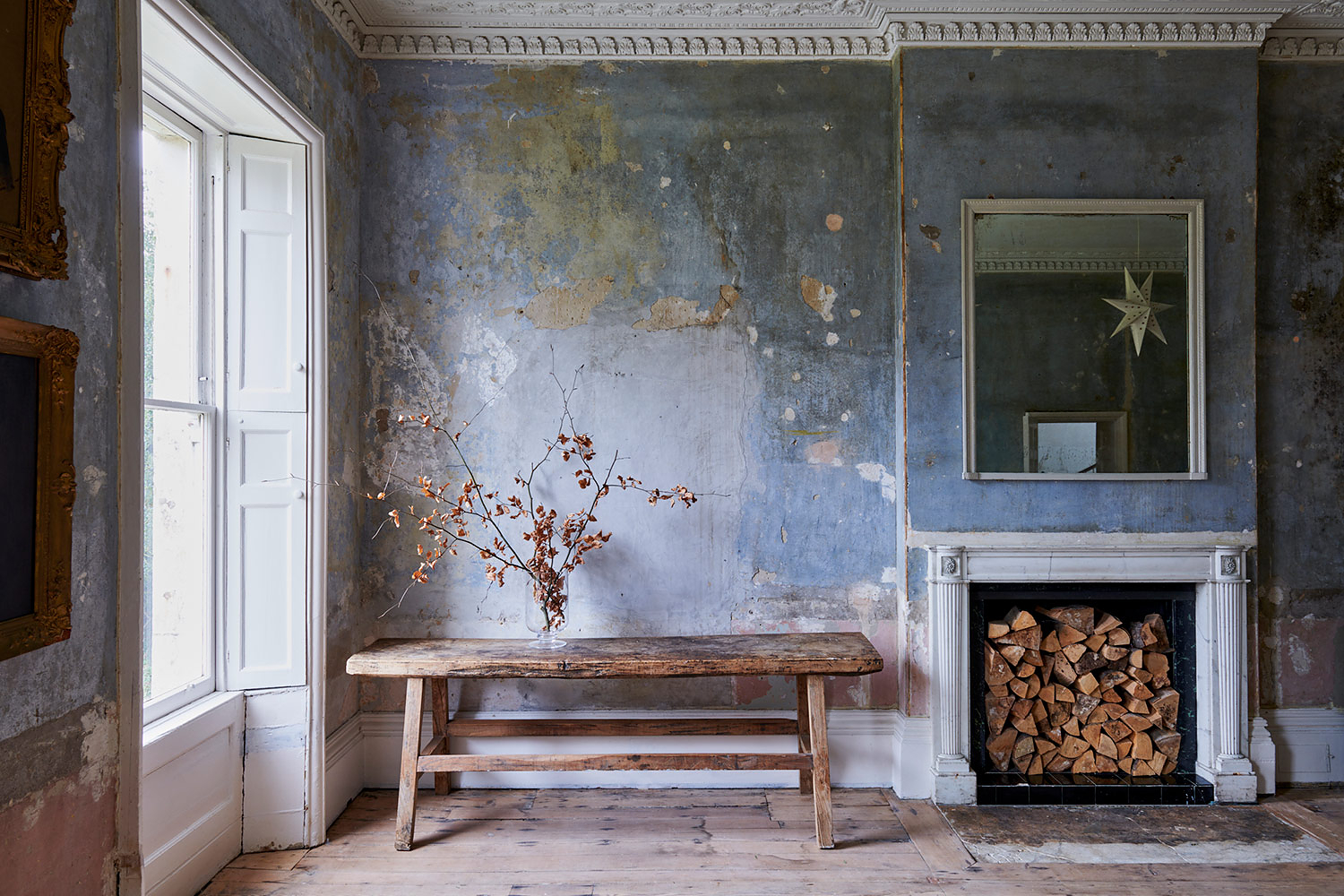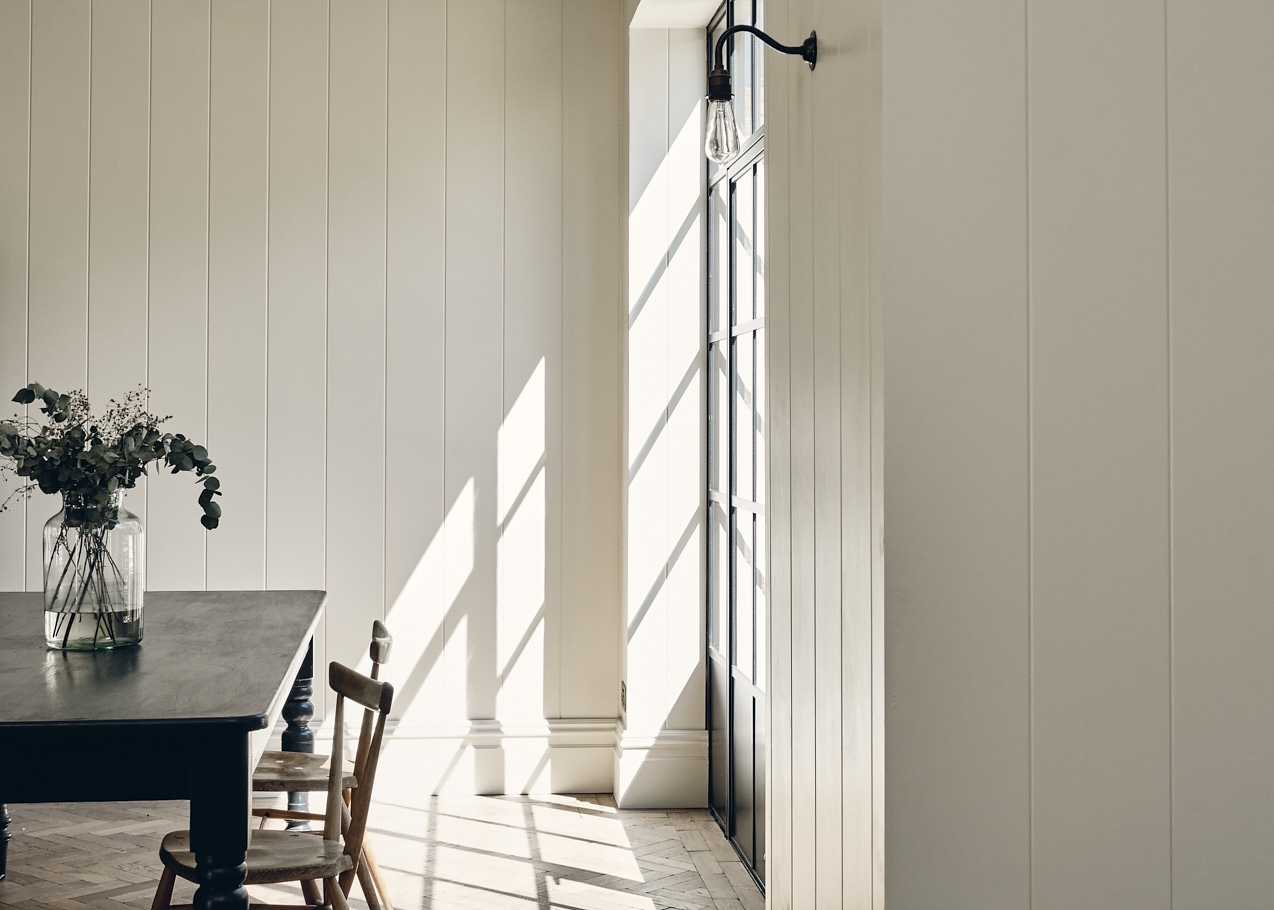The dance of light and shadow is a crucial part of every photoshoot. But what happens when the seasons change and the spotlight provided by the sun starts to dim earlier? Let’s take a look at the seasonal shift in photography and the challenges photographers face in transitioning from the longer, more flexible days of summer to the crisp, shortened days of autumn and winter.

Natural light adds a dimension to photographs that is hard to replicate. It’s more than just illumination; it’s an element that adds life, depth, and emotion to an image. It brings out the beauty of the subject and the richness of the environment.
Light is everything in photography. In summer, it’s like a constant companion that stays by your side, helping you create lively and warm pictures. Come winter, this friend visits less and less, and the light we get is softer and more subdued. It’s less about the quantity of light and more about savouring the quality of those brief, often breathtaking moments when the winter sun graces us with its presence.

As the calendar flips toward winter, the sun starts to bow out earlier in the day. This means photographers need to plan meticulously. We’re no longer afforded the luxury of waiting for the perfect light; we have to be proactive and catch it before it fades.
Winter days don’t just bring a change in light; they bring a change in how we operate. Forget the long lunch breaks of summer shoots; winter has us racing against the clock. Lunch might be a sandwich eaten with one hand while the other adjusts a tripod. It’s all about using time wisely.

With less natural light streaming through windows, indoor photography becomes a bit trickier. As a photographer, you might find yourself leaving the shutter open a bit longer to let in as much light as possible, turning what was a straightforward summer shoot into a more careful winter setup.
Because daylight is in short supply, photographers have to know what they want to shoot and how they’ll shoot it before they even step outside. Having a clear plan that takes into account starting the day at 8 a.m. and finishing up by 5 p.m. means they can hit the ground running and make the most of the available light.
When natural light is playing hard to get, artificial light becomes a photographer’s new best buddy. Flash and HMI’s can help fill in the shadows and add a little sparkle when the grey skies of winter dominate.
Despite all these changes, there’s something special about shooting in winter. The light has a unique clarity, and the world feels different, more still, and serene. This season tests your skills and pushes you to be more creative. And when you get that perfect shot with the subtle play of winter light, it’s all worth it.
So as the sun sets earlier and the air grows colder, remember that winter photography has its own magic. It’s just about adjusting, planning, and being ready to see beauty in a more fleeting yet equally captivating light.